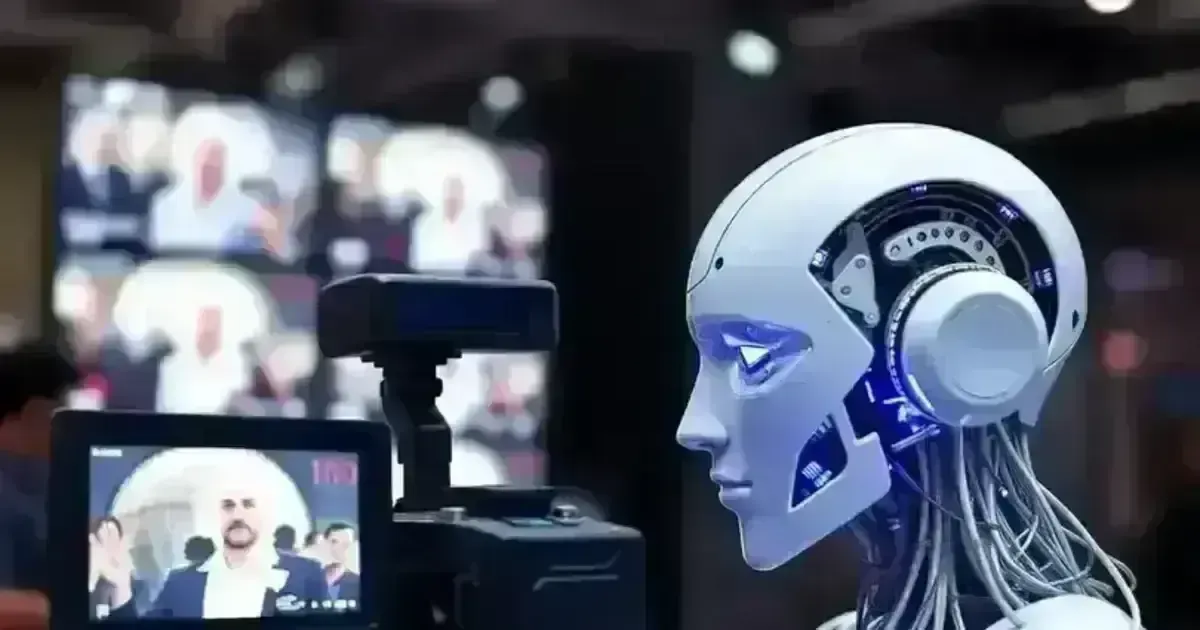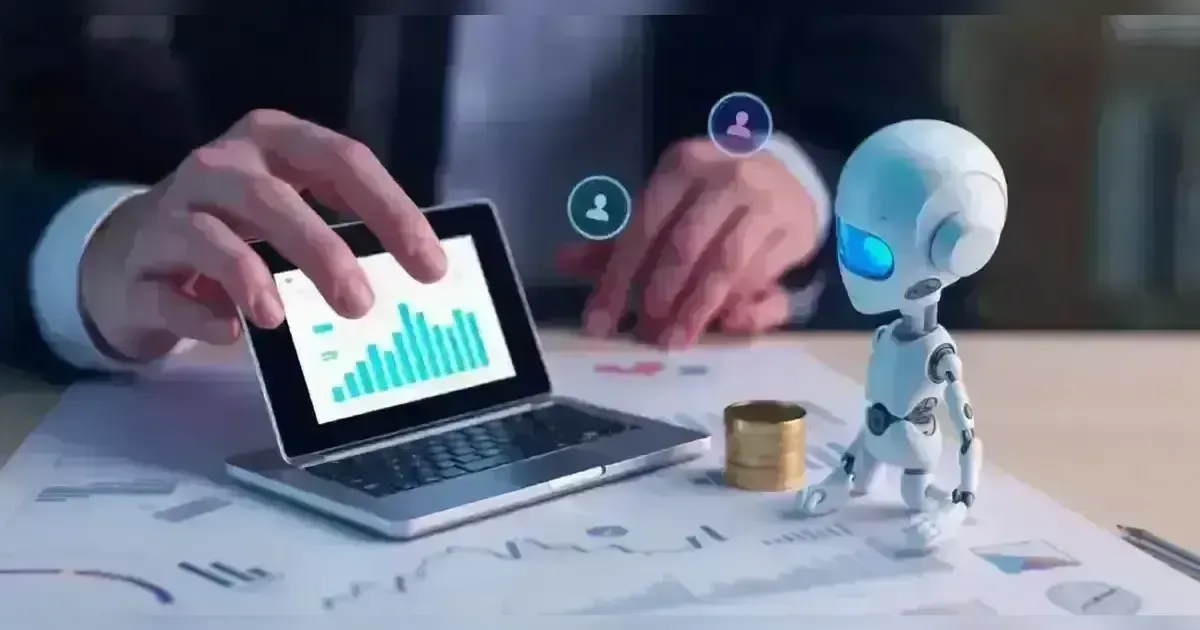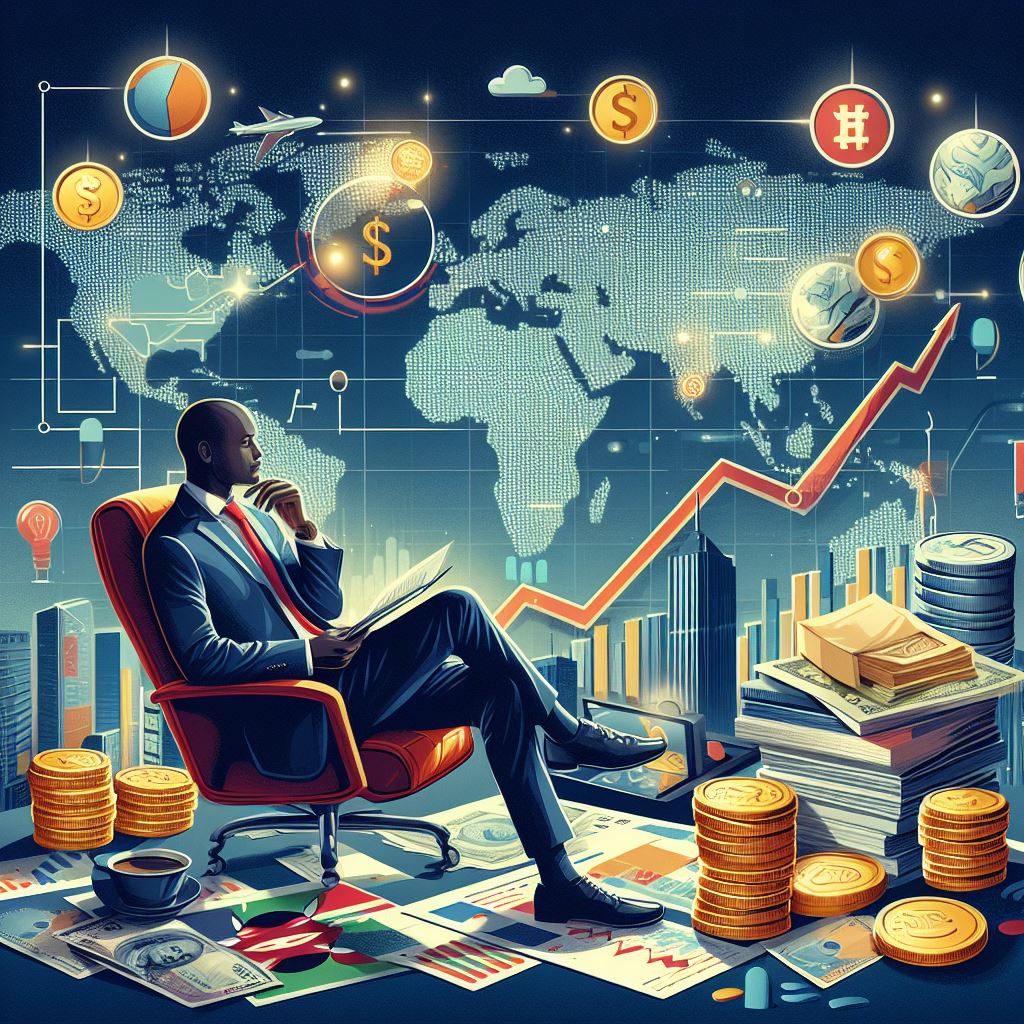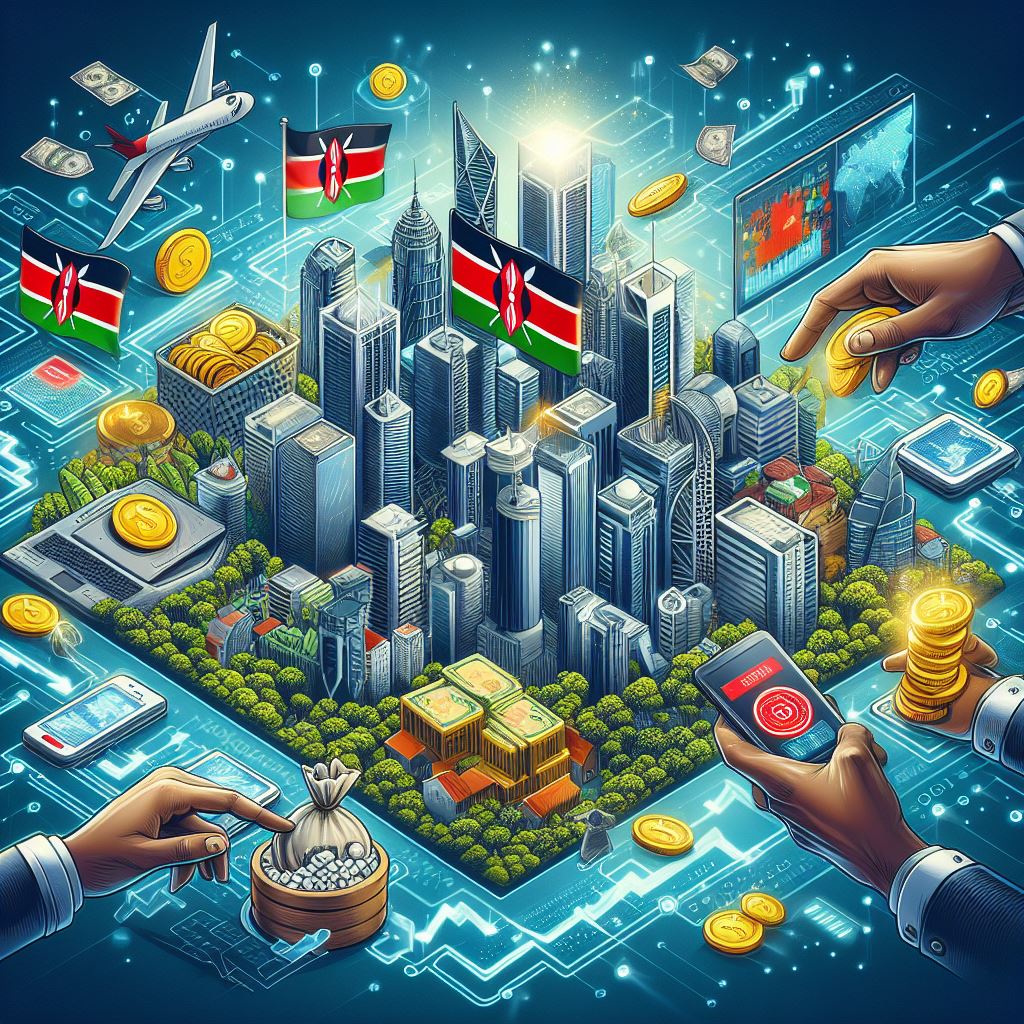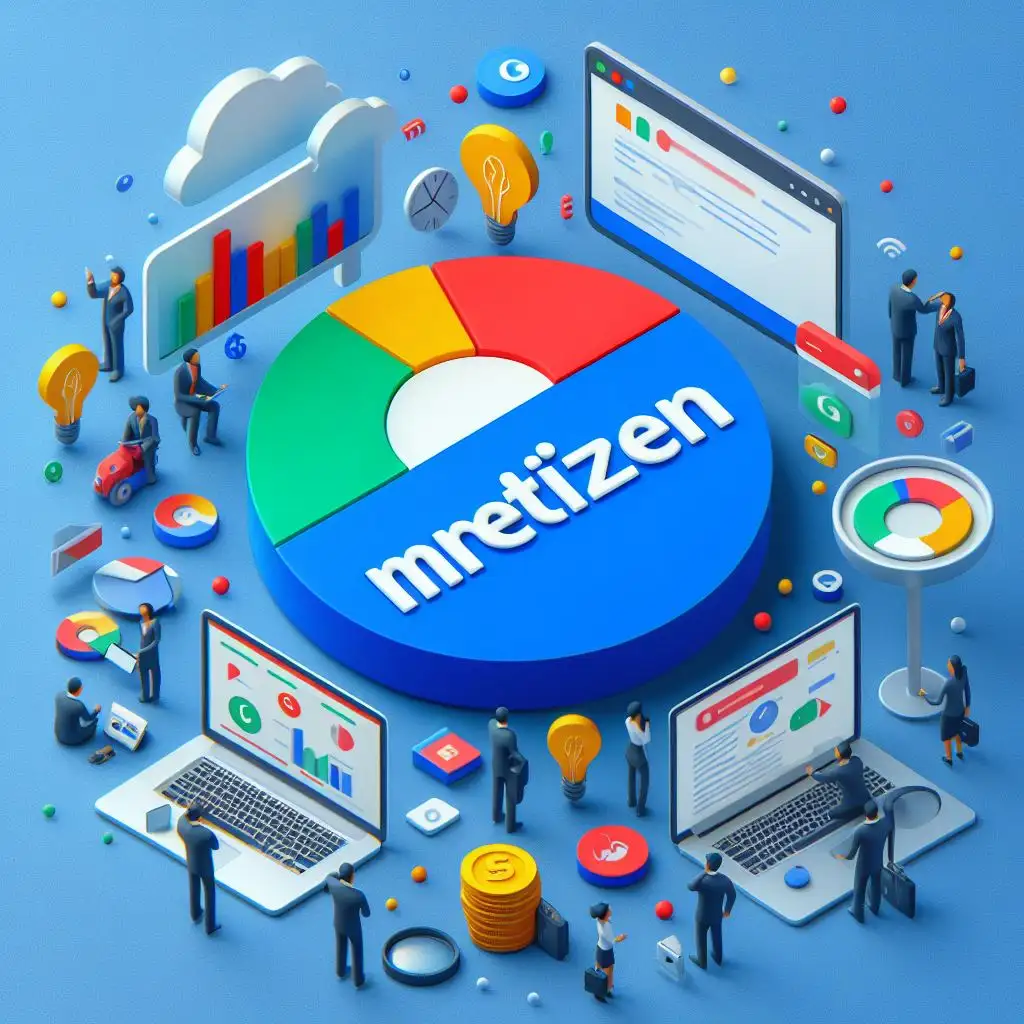Explore how emerging technologies, from AI and quantum computing to biotechnology and robotics, are reshaping human society. This article delves into the transformative power of innovation, examining its potential to solve global challenges, enhance human capabilities, and address ethical considerations, guiding us toward a sustainable and equitable future.
Introduction.
What is more, we are currently experiencing the period of extraordinary scientific and technological growth that allows changing the methods of human beings’ interactions with the surrounding environment. The confluence of the new waves of radical innovations in AI, bio and quantum technologies, and disruptive conservation technologies is revolutionizing every sphere of life. They are no longer science fiction but are happening every day, starting with self-driving cars on the roads or CRISPR-edited gene therapies in laboratories. Whereas before disciplines such as engineering, biology, and computer science were distinct and separable, the overlapping between them is complex, and marking a new age that is integrative and exponential.
This is a new age of convergence that is already at the doorstep and is set to redefine not only sectors but existence. Science and technology are creating overlaps that are triggering advancement across healthcare, education, communication, and even ethicality. The rate with which these changes are happening can be described as fast, and at the same time, that is both a massive opportunity and a great challenge. Where we are at the moment. Therefore, it is crucial to have insight into these innovations and its implications for innovation but also for society and the world. The future is being inexorably constructed by these technologies and it will be incumbent on man to steer this change in a rational and harmonizing manner to ensure that these Technologies for Change serves the best interests of all mankind and respond to the most trenchant issues facing the globe in the present contemporary age.
1. Artificial Intelligence: Magnifying of Human Capacity and Productivity.
Artificial intelligence is no longer an idea from the future but today’s reality that helps adjust the human experience to the new level of effectiveness. Many sectors have felt the change that AI brings, like health, finance, education, and entertainment industries. In health care, for example, artificial intelligent based algorithms work through analyzing large medical datasets to predict diseases, prescribe individual therapy, offer recommendations, and even perform operations, enhancing the results significantly and minimizing such a human factor. In banking and finance, AI determines the best investment prospects, informs scams, and attends to customers. What was once a process that relied heavily on individuals’ input is now something that has been done away with, and companies can run at lightning speed and high accuracy.
In addition, AI excels at strengthening, enhancing human capacities, which is its greatest gift. Machine learning can help scientists find new patterns where previously that information might not have been accessible. For instance, AI models have the capability to approximate the impacts of climate change given big amounts of data or equally support the discovery of new potential drugs via modelling molecular interaction. AI bots help individuals generate, develop, and polish creative pieces, being inclusive of writing, designing, and art in various creative fields. However, as AI becomes embedded into the fabric of most industries, this paper emphasizes the need for the management of the positive aspect of AI, ethical challenges, biased nature, and equity to make sure that exposes the unfair societies will not increase because of AI, or the privacy of the people will be violated.
2. Biotechnology: Promoting Quality, Healthy Ageing and Sustainability.
Biotechnology is thereby becoming one of the most revolutionary scientific fields that critically reshape the future of people’s health and the earth’s fitness. In medical science, recent technologies like CRISPR-Cas9 make it possible to edit the human genes to his/her desired preference. These have the possibility to treat diseases that were earlier described to have no cure by mere correcting of the genetic defects, will help millions of people suffering from hereditary diseases such as cystic fibrosis or sickle cell anemia. Advanced form of gene therapies are also being established not just for curing diseases but even for training, where the culprit genes that make one liable to a disease are modified before there is any sign of contraction of the disease. Moreover, the application of biotechnology in diagnosis and treatment of diseases resulting in precision and personalized medicine is also helping in developing far more personal treatment plans based on human’s genes.
Regionally and internationally, biotechnology has the potential to solve global challenges that are anxieties in the current society, including food security and climate change. In the case of agriculture which is under threat of climate change through factors such as drought, pest, and diseases, genetically modified crops which are disease, pest, and draught resistant are achieving the objective to feed the increasing global population. This post looks at the possibility and potential of lab-grown meat and plant-based protein products as the solution to the current world’s problems of environment and animal suffering. Also, biochemical technologies in the treatment of wastes, water, and fuels are presenting fresh opportunities for environmental remediation. Indeed, these developments are already in place but are accompanied by crucial issues of ethical concerns regarding genetic engineering, the environmental effects, the biosphere, and bio security which should be adequately addressed and regulated in order to maximize benefits and minimize incidences that are counter-productive to the betterment of the society.
3. Quantum Computing: Unlocking the Unimaginable.
More advanced computing, which tackles problems with quantum mechanics, will herald an era of much greater computing power in tackling some of the most significant scientific and technological issues across the globe. Unlike classical computers, which employ base-2 bits to solve a problem, quantum computers emerge from the laws of quantum mechanics, giving them the possibility of solving multiple states at once. This brings the much needed parallelism in quantum computing and gives quantum computers the ability to solve several problems in a fraction of the time it would take the classical computers millions of years. Cryptography, material science, and artificial intelligence are some of the fields that are likely to benefit immensely from quantam computing, given the fact that it provides a complex solution to these fields.
For example, in drug discovery, the machine can at a molecular level create various structures of a drug and provide precise simulation of how these structures will interact with other biological structures. For matters related to climate, quantum simulations can positively simulate the phase of the environmental system to effectively forecast the long climate temperature.
4. Robotics and Automation: This volume is on; Rewiring of Work, Workforce, and Society.
Thus, robotics and automation have touched different areas and sectors of life and even human civilization and its definition of work and labour. Manufacturing industries have embraced the use of robots in carrying out dull and risky operations for several years now. But Ross and Pain have highlighted such a dominating applicability of robotics in the manufacturing industry only until now. In the health care unit, surgical robots are undertaking very accurate operation that cause little harm to the patients, helping them take shorter time to recover with high success rates in surgery. In the same way, robots are being used today in caregiving for the elderly helping them with basic needs, giving company and compulsory checking on health, thus improving the lives of the elderly.
They said that sociology affects many aspects of robotic and automation, especially in the context of employment and labour. When robots perform repetitive functions more efficiently than people do, the more humanity defines itself by problem solving, that is, creativity, in essence, emotion. For all the positive attributes of automation that bring increased productivity and efficiency, it also brings consideration of efficiencies resulting in fewer job opportunities for people. Where some industries are becoming fully automated, there is considerable pressure to retrain the workforce or create new jobs and categories of employment and to assist displaced workers. Robotic integration in employees with AI opens up a new possibility for cooperation between people and machines; the latter do most of the work, and the former, idea processing. However, in order to build a society in which such a future is possible on equal terms for everyone, it is crucial to have planning and sensible policy-making that will minimise possible social problems.
5. Sustainability and Environmental Technologies.
As the problem of climate change becomes more and more pressing, there has been an increasing number of inventions focused on making the world greener. Technologies for cleaner energy production, together with improved storage, are the main forces behind the shift to cleaner economy. Biomass and geothermal energy, which were one-time marginal non-traditional energy sources for fossil fuels, are becoming conventional in the current generation with lowered costs and enhanced efficiency. Technologies relating to batteries and energy storage have also moved forward, and in addition, means for the practical implementation of renewables have become available for micro-grid systems, without complete dependent on wind turbines or sun power. They are enabling the world to move closer from the grip of the fossil fuel and towards a future where everyone has access to energy.
Besides some non-renewable energy, fresh technologies are also being released for environmental conservation and rehabilitation. CCS technologies are being planned for CO2 removal from industrial sources and sequestration beneath the ground and have been set up as a way of mitigating on the levels of atmospheric carbon. In agriculture, the uses of AI, IoT and robotics are making precision farming to enhance resource utilization, minimization of wastage, thereby improving on productivity of crops produced per unit area besides controlling the damages to the environment. Recyclable plastics, ocean cleaning solutions, and environmentally friendly materials belong to the massive effort to reduce human impact on the environment. But these technologies must be used appropriately, aiming at the conditions that they might have on the environment and people so as to provide the right base to a sustainable and adequate future.
6. Ethics, Regulation, and the future of Humanit.
On the Light of Social Responsibility & Sustainability Science: As science and technology keep advancing human existence, rapid effort should be made towards the ethical and regulatory issues arising from these and advancement. Technological evolution is relatively so fast that the applicable law and ethics lag behind in terms of regulation. Problems like data protection, monitoring, and artificial intelligence pre-programming, as well as human genetic modification, raise core questions that need to be responded to. For instance, the capability of misuse of artificial intelligence in decision-making like employment or criminal investigations and judgements raises the question of fair use of artificial intelligence . In the same way, developments in genetic engineering make people discuss the topic of ‘ayewitness babies’ and different consequences of changing in human genetic code.
However, these technologies should be in the best interest of the global society. Therefore, there is a need to collectively come up with strong policies regulating the application of such technologies. These frameworks have to be agile in the knowledge that the technology is growing at a very fast pace, but at the same time should provide the individual’s rights, equality, and prohibit abuse. Thus, further development will have to address the need to keep innovative and, the same time to be responsible for the future of society and the environment. It remains uncertain how people and societies, governments, and businesses will advance and harness this unprecedented environment of knowledge and problem-solving technologies for the betterment of all that concerns the future of humanity.
Conclusion.
Looking into the future, the integration of science and technology continues to grow rapidly. The same source indicates that technology provides great potential and at the same time should be adopted carefully because these innovations are useful to improve people’s lives. The issues resulting from the advances of super intelligent machines, bioinformatics, quantum computers, and cybernetic organisms are not simple and can not be solved by one country or a discipline singly. The opportunity for growth is enormous. Nonetheless, it is valuable that these improvements are taken with social efficacy, responsibility for the ethical ramifications, intended for the society’s benefit, and conflict-free regarding environmental integrity. As we live in today’s world, it’s crucial to remember that with responsible leadership that is focused on the welfare of everyone, this period can bring only benefits that science and technology bring.






